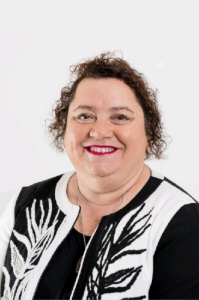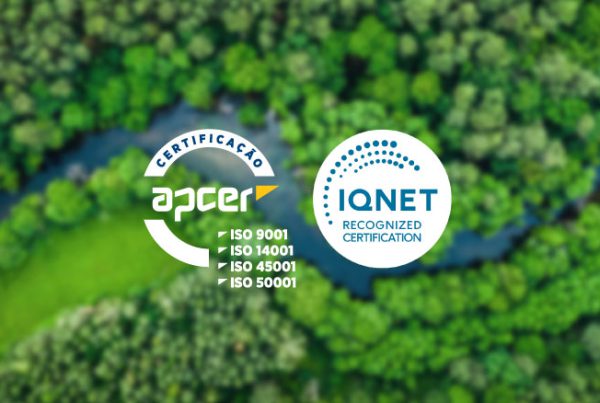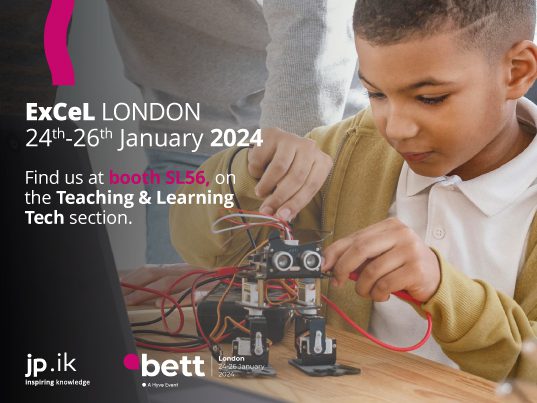About the educational model implemented in the Colegio Tomás Alva Edison
In a recent interview with Cristóbal Cobo (2019), the researcher states that a good use of technology in education makes it “invisible, transparentâ€. This expression synthesizes the present reality in our institution, the Colegio Tomás Alva Edison.
Since 2004, when we accessed Unesco documents related to education and assimilated the concept of digital literacy as an essential knowledge for the full exercise of citizenship in the 21st century. Because of that, we undertook a process of reformulation of our educational project, to reduce the digital gap, transforming the learning process into a socio-educational model that will increase equity and improve the quality of education (Esnaola, 2011).
While in 2005 Nicolás Negroponte, at that time director of the MIT Media Lab, coined the concept of Model 1 to 1, we implemented it with a group of twenty students of the seventh grade.
At that time, although we knew our proposal challenged the current educational model, we were not fully aware that we were carrying out a profound transformation, which was beginning to take place simultaneously in other parts of the world, as it was gradually becoming object of study within the research community. That meant there was no turning back.
Model 1 to 1 proposes that each student has a portable device available to use as a tool during the learning journey. In our institution, we do not have the economic resources that allow us to provide the device to each student; each one of them invested their savings fir a study trip to buy their own computer.
The first goal was fulfilled! Getting the right devices was the second! The solution was to buy the devices through an online auction. Meanwhile, we were preparing for the pedagogical transformation.
Passion and enthusiasm accompany us since the beginning. During the first stage, we fell in love with the technologies. We were fascinated and overjoyed! Our attention and interest were focused on the technologies. We had to learn about the technologies and how to use them. However, sometimes they ended up becoming an end in themselves. As time passed by, we understood that this is a necessary stage in the institutions.
Subsequently, the novelty was replace by reflection on the educational process and the untapped potential of the tool. It was not worth having made such an important investment of time, effort, technological resources, if we did not give the necessary steering wheel that would mark a new direction to the educational paradigm.
If in the classroom students and teachers kept perpetuated practices that could have been carried out perfectly, without the use of technology, everything would have been in vain. Fortunately, that was not the turn of this story.
In our institution, the mainstreaming of technological tools and interfaces facilitates the ubiquity of learning (Burbules, 2009). Both teachers and students can access and participate actively in the process of social construction of new knowledge, synchronously and asynchronously.
At the same time, the communication and interaction channels between the actors of the educational community are expanded and the family is included in the exercise of digital citizenship.
Today we have also incorporated the STEAMED approach (translation whose translation refers us to Science, Technology, Engineering, Art, Mathematics, Entrepreneurship and Design) and the Project Based Learning, both of which are promoting initiatives with social and community impact and contribute to the development of soft skills.
Learning to learn in every occasion and place, weaving horizontal, inclusive and personalized networks among teachers, students and the educational community.
The fact of feeling an elementary and active part of the process of cultural transformation and having learned to take advantage of the opportunities offered by technologies, without ignoring the threats to which we expose ourselves, if we misuse them. These are a few great lessons learned in these last years.
All these elements have brought us closer to a more holistic, integrated, interconnected, adaptive, open and continuous transformation model and, therefore, willing to change.
Above all, it reaffirms our calling and highlights that education has the ability to touch people’s souls and transform them forever.

Graciela Bertancud
The founder of the School 113-PS Tomás Alva Edison that provides Initial Level, Primary and Secondary Level, enrolling 862 students. She is also the President of the Tomás Alva Edison Foundation.
In 2005, Graciela reached the 1st place in the Educational Quality Award, granted by the Ministry of Education of the Argentine Nation and Intel and in 2008, she reached 1st place in the category Between Peers at the I Latin American Forum for Innovative Teachers organized by Microsoft.

Maria Luciana Silvestri
Mother and educator. Graduated from the Facultad de FilosofÃa y Letras. She is a member of the Tomás Alva Edison Foundation and works in different levels and areas of formal education.
She is a instructor of teachers and manages the first Robotics and Programming School for children and adolescents in the country, Probot School, of the Tomás Alva Edison Foundation. She is also a participant and lecturer in local, national, regional and international forums and congresses.



